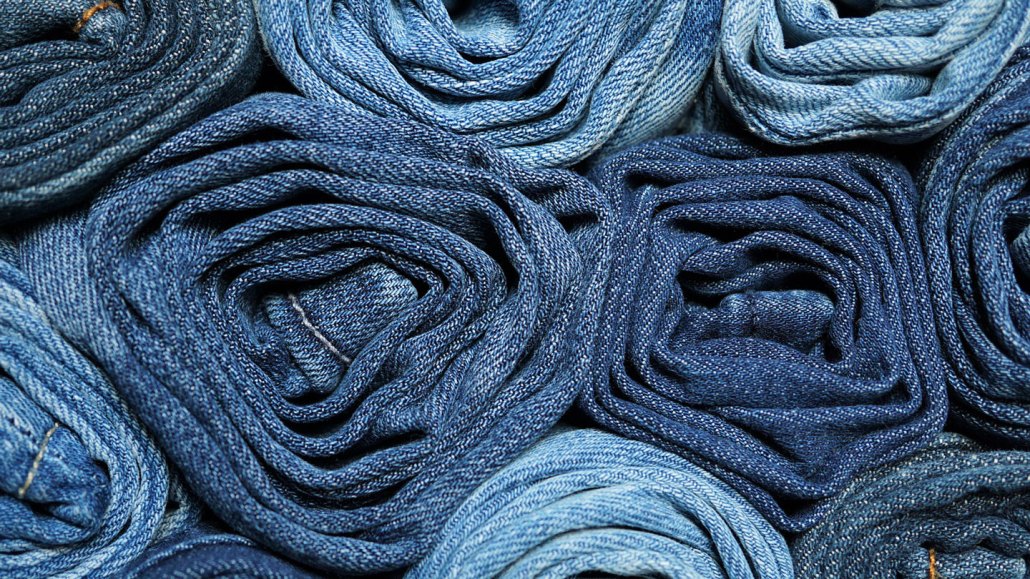Questions for ‘Scientists find a ‘greener’ way to make jeans blue’

Dying denim their signature blue can release a lot of pollution. A new chemical treatment could prove “greener” to the environment.
Kranich17/Pixabay

Dying denim their signature blue can release a lot of pollution. A new chemical treatment could prove “greener” to the environment.
Kranich17/Pixabay